Caring for your Plumeria 101
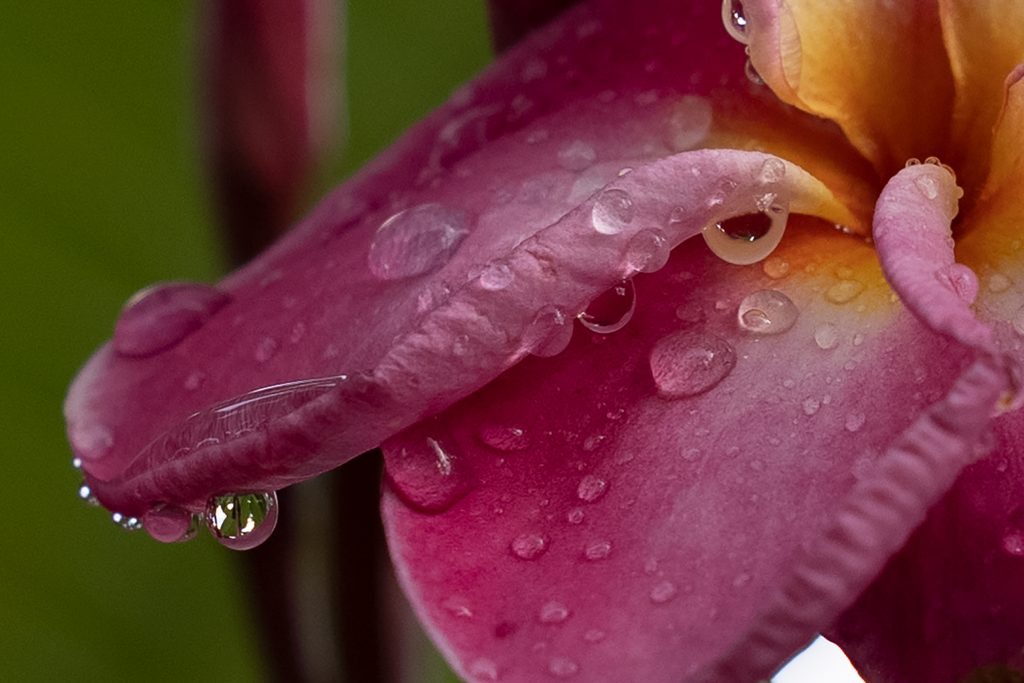
Caring for your Plumeria / Frangipani
Plumeria, also known as Frangipani or Hawaiian lei flower, is an exotic tropical plant that is easy to grow. It can be easily maintained as a small tree grown in a container on the patio or in the garden.
Sun Requirements
It’s important to know that Plumeria plants love the sun and require a good amount of sunlight to produce blooms. In fact, they need at least 6 to 8 hours of sun exposure to bloom. Without enough sunlight, they won’t produce any bloom stems (inflorescence). To get the best results, it’s recommended that Plumeria plants receive full sun exposure from sunup to sundown. Depending on where you live and the length of your growing season, mature plants usually bloom from May through November.
Plumeria is a versatile plant that can be grown in containers or directly in the ground, or in containers partially buried in the ground. When it comes to its active growth months, it is crucial to provide them with adequate sunlight, nutrients, and water. Healthy plumeria plants tend to grow faster and bloom profusely when they receive at least 6 hours of full sun per day and the right amount of fertilizers.
Water Requirements
Plumeria plants require a lot of water, however, they cannot tolerate having wet feet. Therefore, it is essential to plant them in soil that drains quickly and has high organic content. Clay, gumbo, and silt are examples of soil types that don’t drain well and should be avoided. It is important to note that while plumeria love water, they should be allowed to dry out between watering. They can survive extended periods of dryness, so there’s no need to worry about overwatering. Small pots may need to be watered daily, while larger pots or those in the ground may require less frequent watering. Plumeria plants are adaptable and will acclimate to their surroundings. In case of doubt, it’s better to underwater than to overwater them. It’s not recommended to use a saucer under your plants. You can purchase a moisture meter to check your plants regularly until you get a sense of their water needs in your yard.
Insects & Disease
Plumerias are generally trouble-free, but they can attract pests such as spider mites, whiteflies, mealy bugs, and scale if they are not given enough water or sunlight. To keep these pests at bay, you can use liquid dishwashing soap such as Dawn or Sunlight at a rate of 1-2 tablespoons per gallon of water. You can also use chemicals that are recommended for these types of insects. In the fall, plumerias may develop a “rust” fungus on their leaves, which is usually not a major issue because the plants tend to lose their leaves around the same time. The “rust” is typically caused by a lack of air circulation and too much moisture on the leaves.
Growing and Storage
Depending on the season, the way you take care of your plumeria can vary. During spring, you can bring your plants out of storage and let them grow and bloom throughout summer. As fall approaches, it’s time to prepare your plants for dormancy and storage. In case of frost or freeze, it’s best to protect your plumeria if the nighttime temperatures drop below 40°F. If there is no risk of frost or freeze, you can leave your plants outside.
Spring
When the nighttime temperatures consistently stay above 55°F, it is time to bring plumeria out of winter storage and encourage them out of dormancy. Some root loss and desiccation of branches may occur due to storage conditions, but this is completely normal and nothing to worry about. This is the perfect time to feed, water, top dress, and/or repot your plants. Since the plant is in a dormant state, it will be minimally disturbed by necessary repotting and root pruning.
To keep your container plants healthy, you can opt for repotting and root pruning, as you would with any other potted plant. Start by removing the top layer of soil, including any loose soil and dead roots. Then, replace it with a mix of well-composted cow manure and compost. This will help your plants thrive and stay healthy for longer.
This is a great time to give your plumeria a jump-start by soaking the root ball or drenching in a mixture of Vitazyme and Carl Pool’s Root Activator.
Thoroughly water and fertilize with a slow-release or water-soluble option, such as Excalibur 11-11-13 or Bioblast.
To ensure the healthy growth of your Plumeria plant, it is recommended to keep it in a warm and sunny location. While some people prefer to sink the container into the ground, it is best to place it in a raised and well-drained area, such as a rose bed, to prevent it from blowing over and promote more vigorous growth. This also provides support to the plant and prevents the tips from snapping off easily due to strong winds.
Spring is an ideal time to propagate plumeria by taking cuttings that are easy to root, allowing the roots to establish well before the Fall dormancy.
Summer
Summer for plumeria begins with lush leaf growth. Some bloom before leaves grow, others after. Once leaves appear, follow summer care.
As previously mentioned, plumerias require a lot of nutrients. However, it’s important to balance the fertilizers to prevent excessive stem elongation and promote flowering. Using a balanced fertilizer like Excalibur 11-11-13 with micronutrients is highly recommended. For foliar feeding, Carl Pool’s BR-61 is an excellent choice early in the season. However, be cautious when using high phosphorus fertilizers like Super Bloom or Carl Pool’s BR-61, as overuse can cause damage to your plumeria and the environment. Keep your plumeria healthy by feeding once or twice a month with Bioblast and watering as needed. You can mix the recommended slow-release fertilizer Excalibur directly into the top inch of the soil and water it in. Excalibur IV will last for six months, while Excalibur IX will last for nine months.
During hot weather, plants grown in pots above the ground may require frequent watering, sometimes as often as every other day. If you see the leaves drooping, it may be a sign that the plant is thirsty. Before watering, check the soil by feeling it. If the top several inches are dry, water the plant thoroughly. In areas with excessive heat, some varieties of plumeria may not produce as many blossoms. If this is the case, you can improve flower production and quality by moving the plant to a location with shifting shade.
As the months of August and September go by, the days become shorter and it’s normal for some of the lower leaves on the plumeria plant to turn yellow and fall off. Some varieties of this plant may also try to bloom again during the fall season, which can last until November or December if the weather conditions remain favorable. However, it’s crucial to be careful as an early frost can cause harm or even kill the plant.
Fall
Plumeria’s fall season begins when the nighttime temperature starts to frequently dip below 55°F. Studies have shown that plumeria growth slows down or halts entirely when the average ambient temperature drops below 65°F, alongside a shortening of daylight hours. To encourage the plant’s natural dormant period, stop feeding it about a month before fall and reduce water.
It is a common belief among some growers that feeding plumeria after mid-August may contribute to the problem of black tip fungus, but there is no scientific evidence to support this claim. Since it is difficult to predict the weather accurately, it is also difficult to determine a specific date by which you should store your plumeria safely for the winter. However, if temperatures are expected to drop to the lower 30°sF, it is advisable to protect your plants. Most plumeria varieties can be damaged or even killed by temperatures in the low 30°sF for just a few hours.
Winter
To ensure that your Plumeria plant stays healthy, it is important to avoid exposing it to frost or extreme cold temperatures. During the winter, the plant goes dormant and can be stored in a garage, closet, greenhouse or any other suitable location. It is important to note that the plant does not require any water or sunlight during this period, especially when night temperatures consistently drop below 50 degrees Fahrenheit. However, the temperature requirements may vary depending on your location. You can choose to store the plant in its pot (recommended) or bare-rooted for plants that are dug out of the ground.
Winter care for Plumeria is minimal, and it could be considered as winter storage. Before storage, it is advisable to defoliate the plant. To do this, cut each leaf off the plant at a point about 1/2″ from the stem. Defoliating the plant helps to prevent the leaves from turning yellow and falling off during storage, which could create a conducive environment for pests and fungus.
Winter Storage
Before storing your plumeria, it’s a good idea to spray for insects.
It is important to store plumeria in a well-ventilated and dry area, such as a storage shed, garage or living room. Please ensure that the roots do not come in contact with concrete, as the concrete will absorb moisture from the roots. Additionally, do not let the tip touch the outside walls. The temperature of the storage area should not drop below 35°F. During extremely cold periods, when the temperature outside falls below 25°F, it is advised to use a small supplemental heater for plants stored in unheated sheds. Avoid storing plumeria in a cool greenhouse as it can become too damp and promote black tip fungus and other fungus problems.
During winter, there is a debate about whether to water plumeria or not. While some suggest not watering at all, providing a small monthly drink or misting can be beneficial, particularly if the branches are getting dry and the plant is in a warm and dry environment.
Plumeria can be stacked 2-3 high in storage due to defoliation.
For more information about plumeria and answers to frequently asked questions about seasonal and regional plumeria care, please visit Plumeria Care Guide’s Seasonal Care Guides
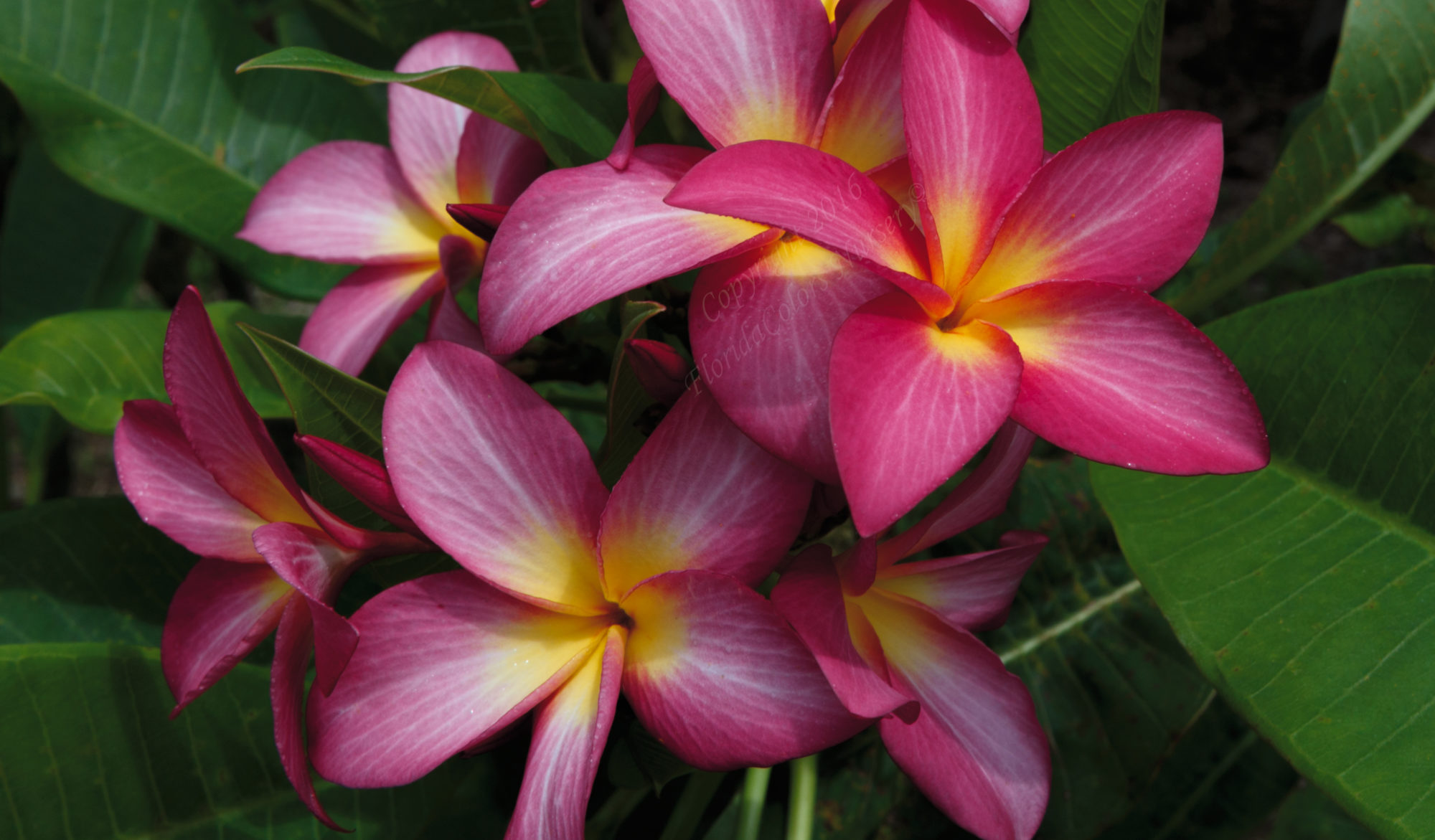 Understanding Plumeria’s Seasonal Cycles
Understanding Plumeria’s Seasonal Cycles 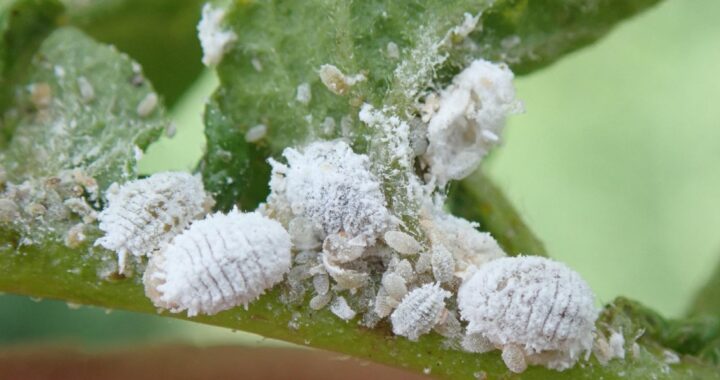 Mealy Bugs Plumeria Pests
Mealy Bugs Plumeria Pests 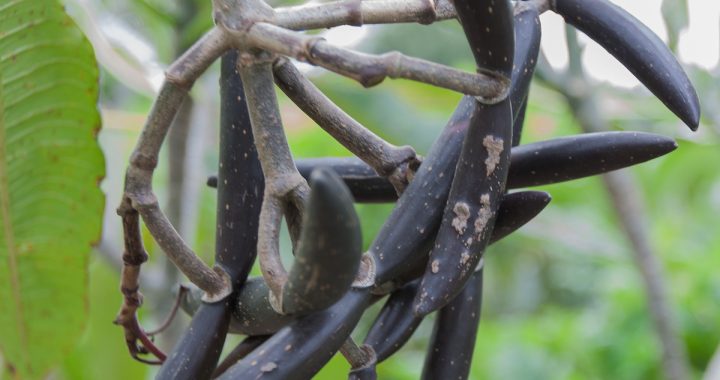 Plumeria Care for Seeds and Seedlings
Plumeria Care for Seeds and Seedlings 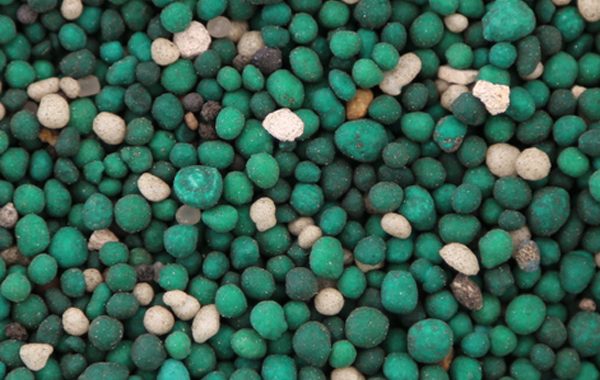 Fertilizer Basics
Fertilizer Basics 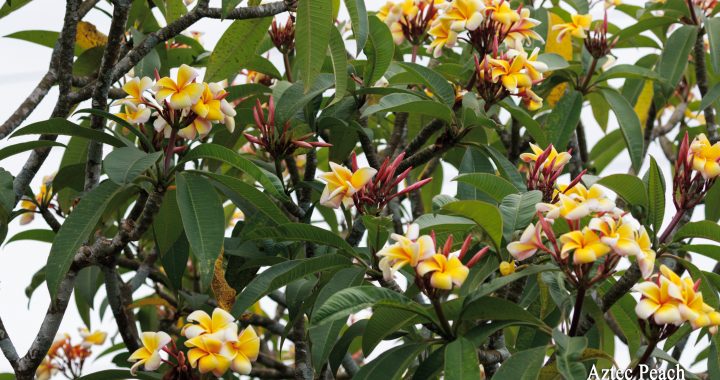 Planning your Plumeria Seasonal Care Regimen
Planning your Plumeria Seasonal Care Regimen